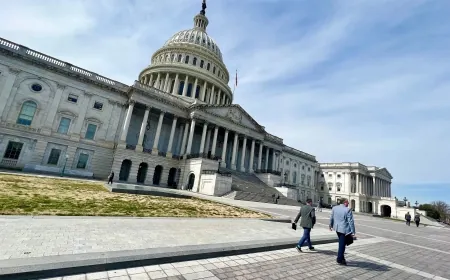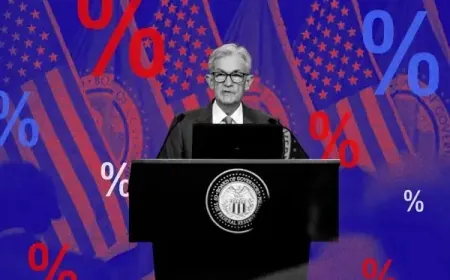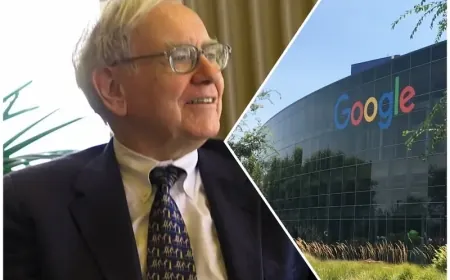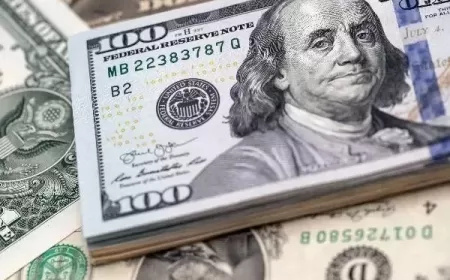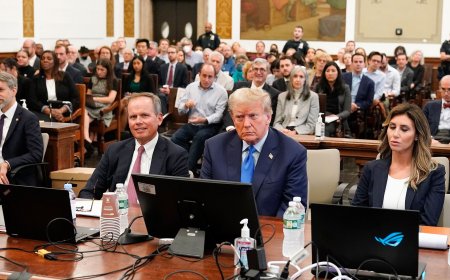NYC Millionaires Not Expected to Leave Even With Mamdani’s New Tax Plan
Concerns about wealthy New Yorkers leaving after Mamdani’s tax plan appear overstated, with migration research showing only limited movement among top earners.
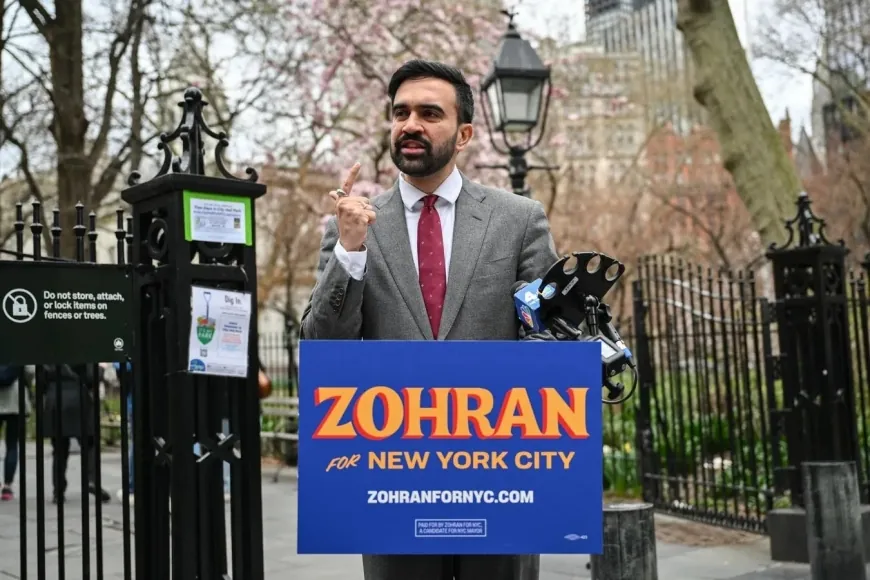
Zohran Mamdani will enter City Hall with a tax plan aimed at New Yorkers earning more than $1 million a year. His proposal has renewed questions about whether some of the city’s wealthiest residents might consider leaving once the higher rates take effect.
During the campaign, a few business owners warned that additional taxes could make New York less appealing for people who have the flexibility to move. Some said higher costs could affect investments or prompt them to shift parts of their business to states with lower taxes. Those comments drew attention, but they do not match what long-term studies have shown about how wealthy households react to tax changes.
Researchers who track migration patterns say the number of high earners who relocate for tax reasons tends to be small. People with seven-figure incomes usually have roots in the city that go far beyond tax rates: families, companies, long-standing clients, cultural interests, and access to specialized industries. Those ties are difficult to replace, which is why most high-income households stay even when top tax brackets rise.
New York’s economic ecosystem also continues to play a central role. Many industries — finance, media, technology, design, law, and health care — remain concentrated in the city. That concentration gives high earners access to teams, markets, and opportunities they would not find elsewhere, offsetting the effect of slightly higher taxes.
Mamdani wants to raise the city income-tax rate on earnings above $1 million from about 3.9% to 5.9%. He is also preparing to seek an increase in the city’s corporate rate, from 7.5% to 11.5%. His administration estimates the combined changes could bring in roughly $9 billion for programs such as child-care support and improvements to public transportation.
When asked whether the plan might unsettle employers, Mamdani has pointed to the city’s cost-of-living issues. He notes that many companies already help employees cover expenses like child care because wages often do not keep up with housing and daily costs. He argues that easing those burdens could help businesses keep workers, even if taxes rise at the very top.
Any change to income or corporate taxes would need approval from state lawmakers and the governor before it can move forward.
Years of research on millionaire migration support the idea that tax-driven relocation is uncommon. Studies examining high earners in multiple states over long periods have found that some do move after tax increases, but the numbers rarely approach anything that would meaningfully alter a city’s tax base.
A few economists say even slow movement among the highest earners can influence revenue over time. Others point out that New York’s larger challenge is not at the top of the income scale. It is the steady loss of middle- and lower-income households who struggle with rent, transportation, and child-care costs.
That trend puts the current debate in a different light. While fears of a wealthy exodus appear overstated, the city continues to lose residents who cannot afford to stay. The shape of New York’s future may depend less on whether millionaires remain and far more on whether working families can hold on.
Also Read: These 5 Common Traffic Mistakes Could Spike Your Insurance Costs














